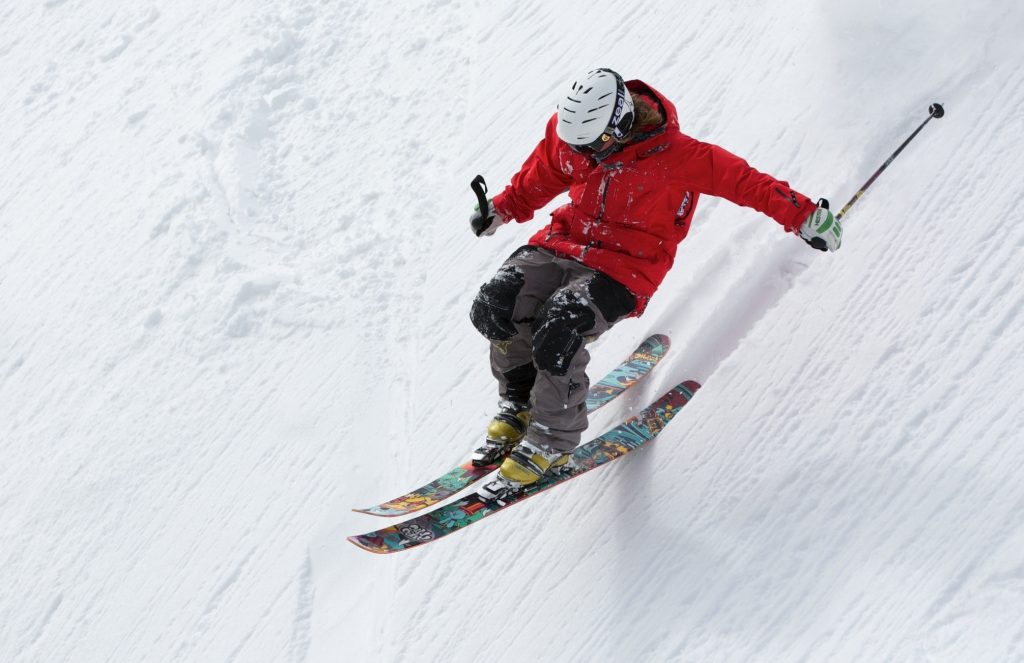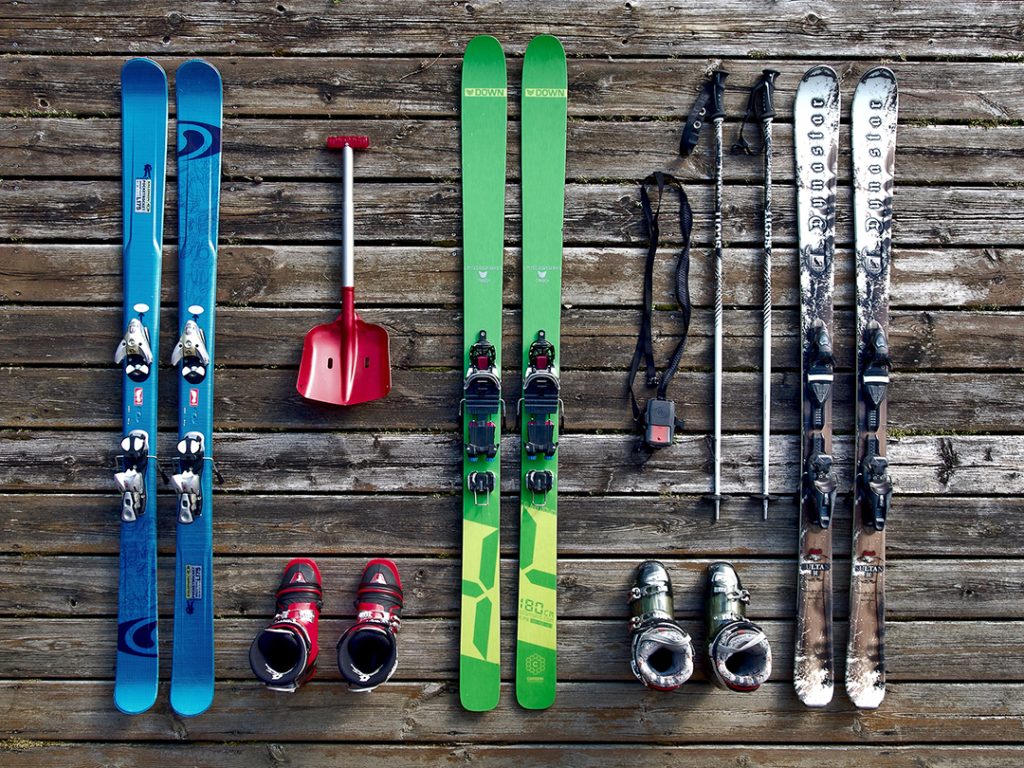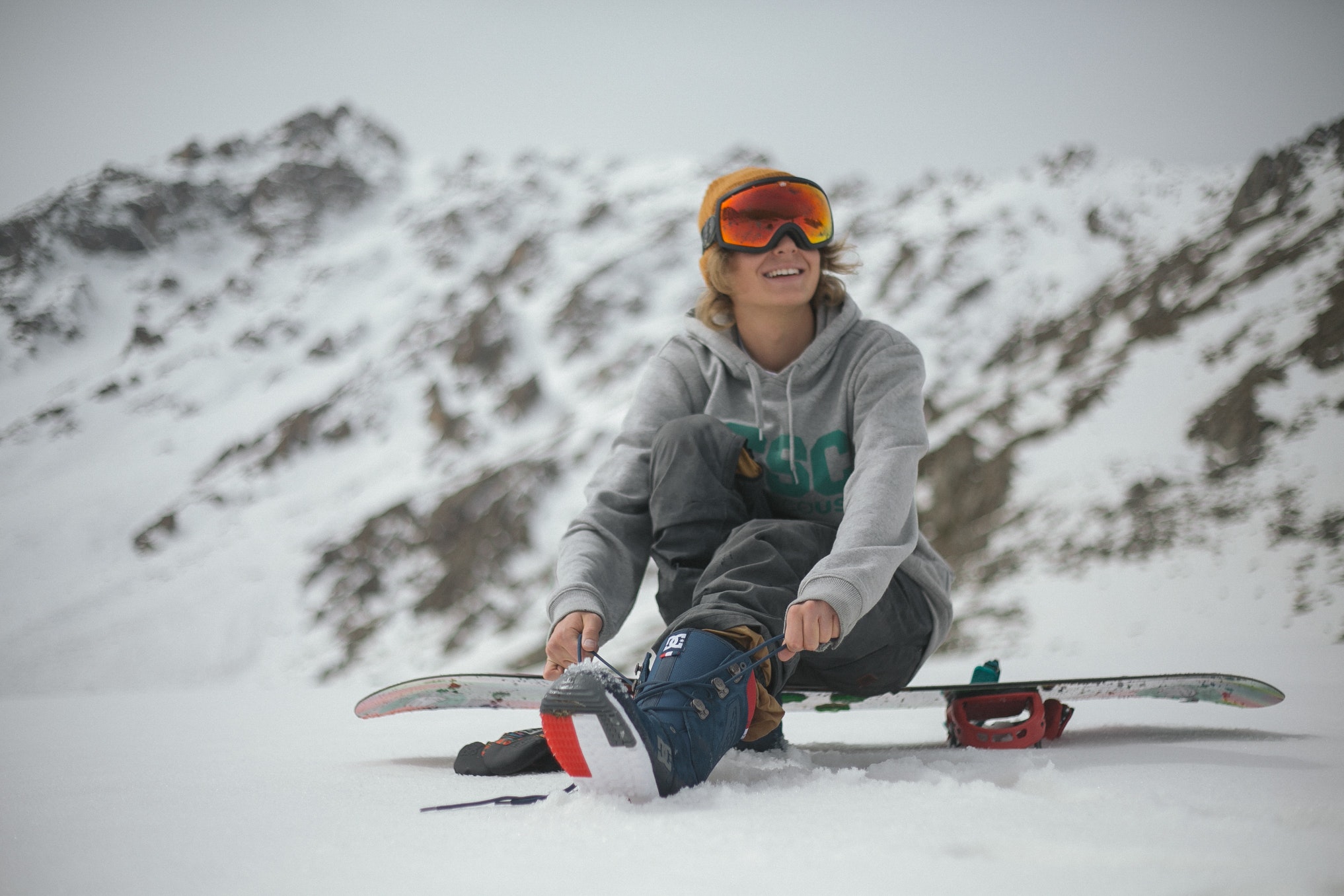It’s that time of the year again when you start getting excited about your upcoming snowsport holidays.
Accommodation and flights have been booked, transfers organised and equipment hire sorted. But amongst all of this planning, one of the most important aspects often gets overlooked…are you physically ready for your trip? After all, skiing and snowboarding are sports!
Here are our exercise tips for getting you in shape for your next snow sports holiday.
Your fitness goal
One of our physios, Taryn, shares the motto,
“exercising your body should be the same as cleaning your teeth.”
You wouldn’t only brush once a week, would you?
The NHS website advises:
“…to stay healthy, adults aged 19 to 64 should try to be active daily and should do at least 150 minutes of moderate aerobic activity such as cycling or brisk walking every week. Plus, strength exercises on two or more days a week that work all the major muscles (legs, hips, back, abdomen, chest, shoulders and arms).”
In reality, most of the population don’t manage this but it’s certainly a goal to work towards.
When and how to start training
Training should start at least three months before your holiday and you should do two to three strength sessions and cardio workouts a week. This also depends on your base level of fitness, so if you’re fitter, try for four to five times a week. Cardio exercise includes swimming, running, cycling, rowing or using the cross-trainer. It can be any activity that raises your heart rate.
Interval training – that’s going faster and then slower for short bursts – is particularly good as it imitates the stop-start nature of snowboarding.
The muscles that are most important during snowboarding are your core muscles (abdominal and back muscles), foot and calf muscles and your upper leg and hip muscles. It’s important to work on all of these areas in your training, and of course, if you have any specific weak areas, then these should be focused on. Or, if you have any ongoing or current injuries these should also be assessed by a physiotherapist so the right treatment programme can be followed.
Here at W5 Physio, we pride ourselves in tailoring exercise programmes and rehab to your goals and needs.

Your snow sports exercise plan
When starting any exercise session you should always warm up the muscles you’re planning on working. Start with five minutes of walking/cycling, or even simply stepping up and down the bottom step of your stairs at home. Follow this with around five minutes of dynamic stretches (taking muscles to end range but not holding for a stretch). See this video for some examples.
Below, our very own physiotherapist and snow sports enthusiast, Taryn, will share her own current snow sports programme. It works well when performed in a HIIT (High-Intensity-Interval-Training) of 20 seconds, in the beginning, building up to 45 seconds, and in sets of four to six. Alternatively, try eight reps to start with and work up to 15-20 reps, doing four sets.
- Press ups with a high low plank – try keep your body still and don’t rock. Do eight press ups and then four high low planks with each arm or alternate for 20-45sec
Watch the plank video here
- Slide lunges with or without a weight – keep your chest up. Either take one shoe off or place a towel under one foot to help you press and slide one leg out into a side lunge.Introduce a weight as you get stronger. Repeat both sides.
Watch the side lunges video here
- Squats and woodchop squats – keep your chest up and start with a light weight, progressing to slightly heavier weights. Be careful not to through the weight over your shoulder during the woodchop.
Watch the woodchop squats video here
- Physio ball bent leg jack knife – don’t let your back collapse when your legs are straight. Progress to a straight leg jack knife when you’re stronger.
Watch the bent leg jack knife video here
- Squat jumps – Begin without a weight, but introduce one when you’re ready. Progress further by jumping onto a step, and finally, by adding a twist (for the jumps I never land)
Watch the squat jumps video here
- Medicine ball get up – push the weight forward as you get up and try keep your feet still as you plant them and reach for ceiling when standing. Try this version first but if you have had any recent lower back pain, do the easier version instead.
Watch the medicine ball get up video here
One extra exercise I’d add, if you have access to a leg press machine, is doing calf raises in a straight and bent-knee position with a weight you find difficult but manageable to lift.
Our final tips
Our final tips would be to make sure all your equipment is in safe working order and to maybe buy some buttock padding and wrist guards, particularly if you’re prone to falling. Also, remember to wear a helmet. Get enough sleep and drink plenty of water leading up to and during your holiday.
Finally, take a moment at the top of the mountain to enjoy the view, then take pride in how strong you feel when skiing or boarding down.
W5Physio are leading London physiotherapists. If you’d like any personal advice on preparing for an upcoming sporting event or preventing injury, don’t hesitate to give us a call to arrange a session with one of our experienced physios.







